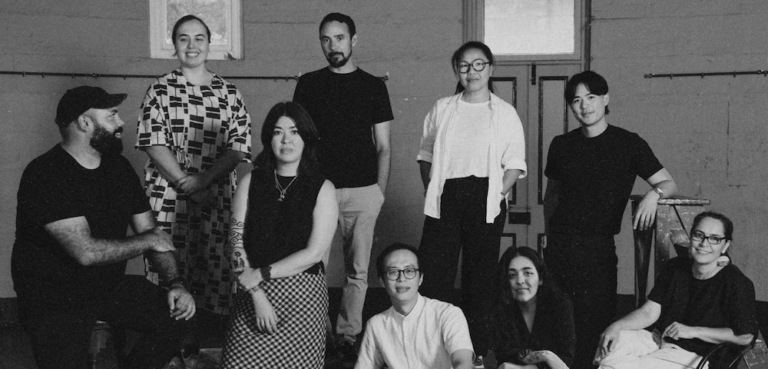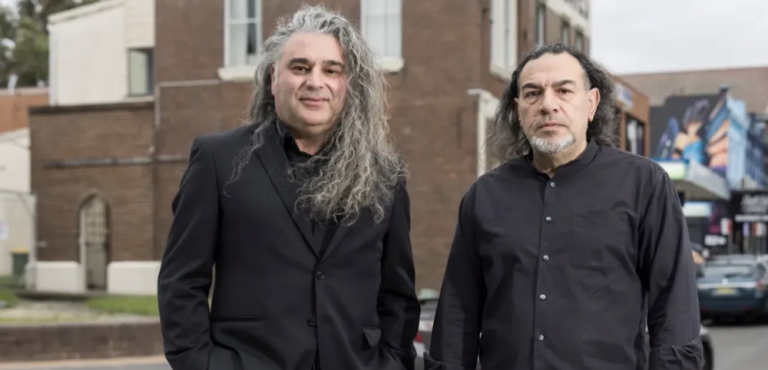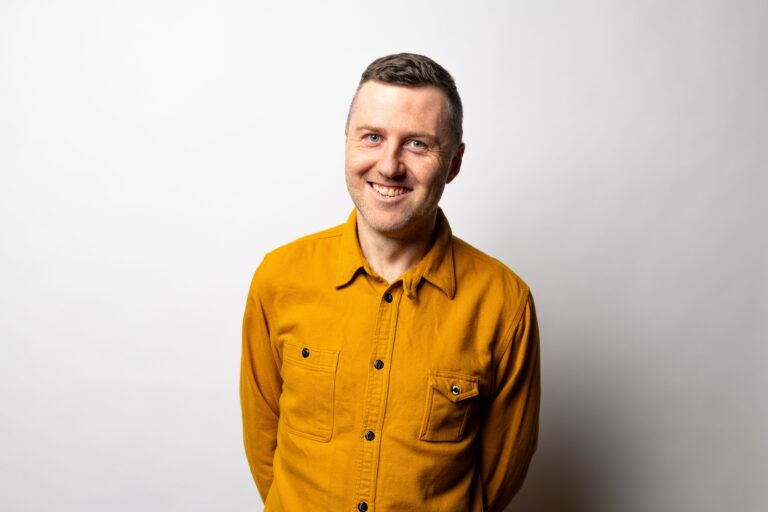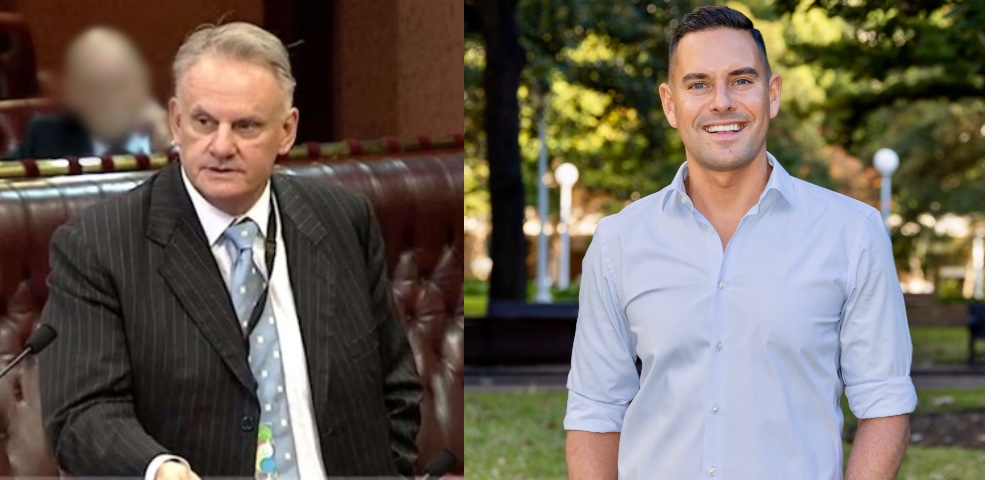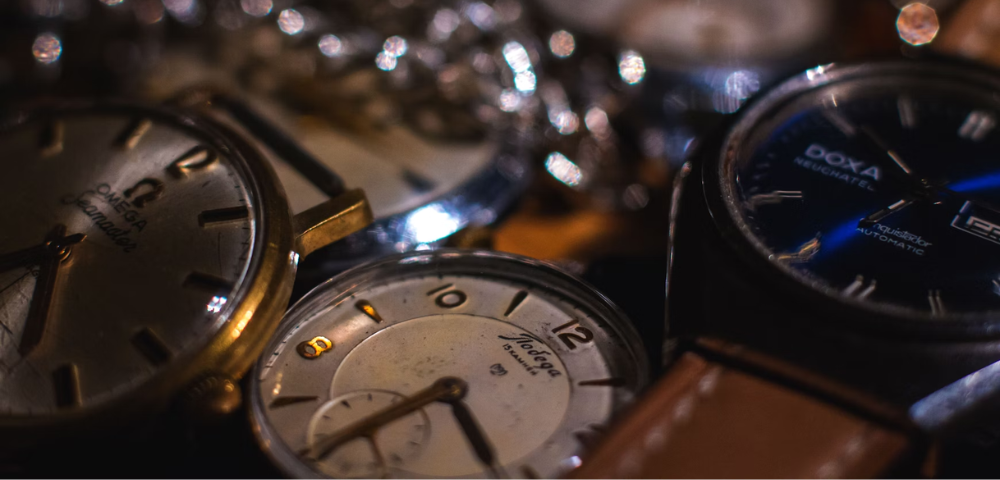
Battle for the bats
Last Friday a team of new media artists, scientists, academics and urban planners gathered in Cook Philip Park to illustrate the importance of protecting the grey-headed flying- foxes who call Sydney’s Botanical Gardens home.
“The Bat-Human Project” (TBHP) aimed to demonstrate the relationship between humans and Sydney’s famous grey-headed flying-foxes, and highlight the implications of the State Government’s plan to relocate the large bat colony from the Royal Botanic Gardens.
Greens Councillor, Irene Doutney, is a passionate supporter of TBHP said:
“I think what the state government is planning to do is appalling,” she said. “We live in an age where we need to value biodiversity. Everybody I know when they have met the creatures up close and learnt a little more about them thinks that they are beautiful animals. TBHP will hopefully expand people’s knowledge and acceptance of the flying foxes.”
Though the night was interrupted by a few showers of rain and chilly gusts of wind, all those who attended the event seemed to fall in love with the little creatures as they met one another up close and fed them grapes.
The kids were kept entertained with bat face painting and a bat playground area in which they experienced the bats upside down perspective of the world.
Through question and answer sessions with bat experts, documentary films and photography visitors were invited to expanded their knowledge of the lives of bats and why they are integral part of the natural environment.
According to Doctor Keith Armstrong, director of THBP, forests of eastern Australia depend on flying foxes to travel far, spreading seeds and pollinating distant blossoms.
“You can’t tackle this with a botanic institutional hat on alone, for the bats to have any chance of surviving we have to shift our thinking,” he said. “We need to develop a culture which finds a process such as relocation by industrial noise simply untenable. I believe the route to this end will come from quite disciplined thinking, talking and acting together.Working together rather than in separate ‘silos’ of thought.
“If we can inspire that process in some small way then we will have done what we most hoped,” Dr Armstrong said.
Dr Lian Loke a Sydney based artist for the project and senior lecturer in the faculty of Engineering and Information Technology at the University of Technology, exhibited her works on the night.
When asked about the intentions of her work Dr Loke replied:
“It poses an interesting proposition for how we, as humans, will continue to relate to the natural world, where we take responsibility for our role in the broader ecological picture and how we could possible recreate our city as a hotspot for urban biodiversity. We, in a sense, are giving the bats a voice in designing our mutual and co-dependent futures”.
“If we can save the bats then ultimately we are on the way to saving ourselves,” Dr Armstrong said. “Right now the future of our species is also looking exceedingly shaky.
“Maybe we have longer than the bats, but with today’s non-ecological mindset we are a creature at high risk too.”
By Holly De Boer
